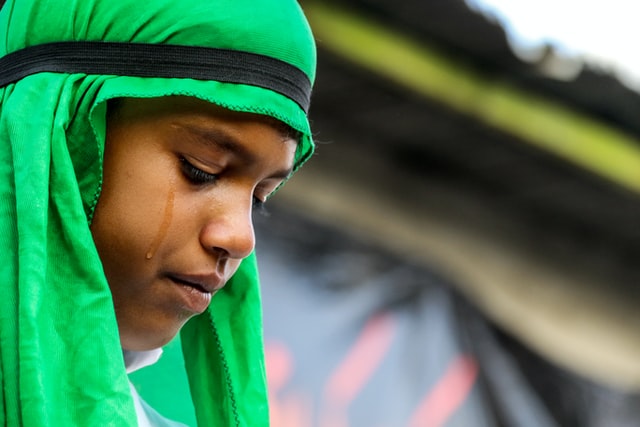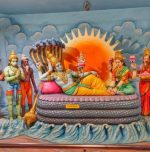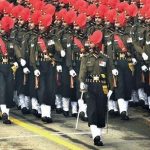The Muharram of Hussaini Hindus

Like every year, groups of Hussaini Hindus in the country, and even in Pakistan, participated in Muharram taziyas, or parades, on November 4. They followed the ritual mourning of “crying and beating their chests” that is special for that occasion.
The Hussaini Hindus fought in the Karbala battle that happened in 680 AD. Imam Hussain, the grandson of the Prophet through his daughter Fatima and her husband Imam Ali, was killed along with a small band of disciples in a bloody battle against the Umayyad Caliph, Yazid, during Muharram.
According to the Hussaini Hindus, one of their ancestors, Rahib Datt, fought in the Karbala battle supporting Imam Hussain, even sacrificing his sons in the conflict. Since then, this community has always observed Muharram. This is a fact that not too many people know—even Hindus and Muslims living nearby do not know this!
In Delhi, there was heavy police patrolling on Muharram, but the Brahmins in east Delhi were surprised, and said they could not locate the source of the tension. Their procession looks like any other Muharram parade, except that they don’t use swords or knives. These taziyas are led by the chief of the clan whose ancestors as well as descendants observe Muharram.
Under the belief that both communities should observe the same customs, the community follows the Muharram rituals, including women, usually draped in black saris, who practise mourning and fasting like their Muslim brethren.
One of the processionists, who follows the parade from Kalyanpuri till the Mayur Vihar Karbala, said that he saw his father observing the taziyas throughout life. Adding that they were Sai Baba devotees, he mourns the death of his ancestors, who fought in the Battle of Karbala along with Imam Hussein. Women clad in black saris also take part in the parade and fast mainly in order to be blessed with children, after which they go to Shirdi. Most of the newly wedded youngsters are part of the procession.
Commenting on a parade from Trilokpuri to Mayur Vihar, New Delhi, an expert said that the community perhaps originated in Punjab, consisting of seven Brahmin lineages with individuals leaving their priestly occupation in order to become soldiers and join government services. They are also called Muhiyals.
The participation of the Hussaini Hindus in Muharram helps to create the symbol of harmony and amity that India is famed for.
Photo by behnam jaafarianpoor on Unsplash (Free for Commercial Use)
Image Reference: https://unsplash.com/photos/xM993NdkKQo









Leave a Reply